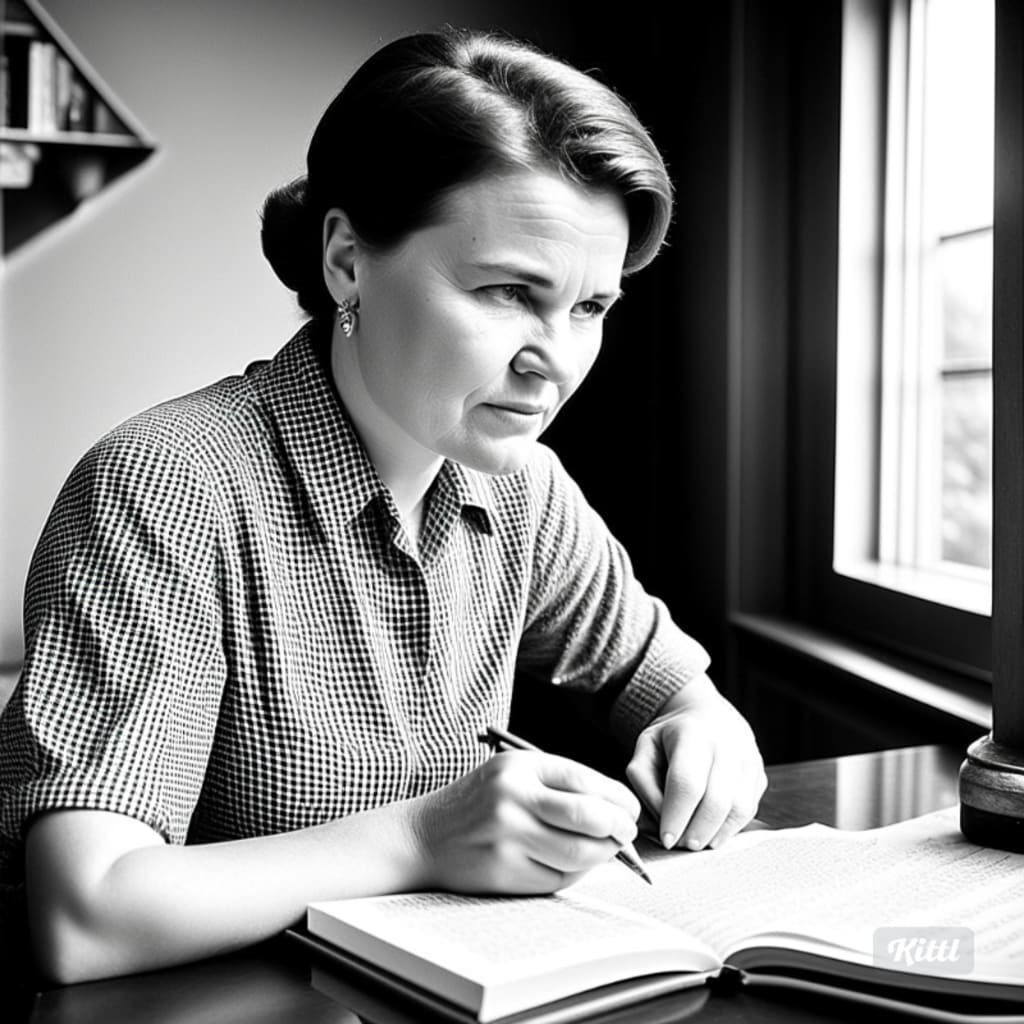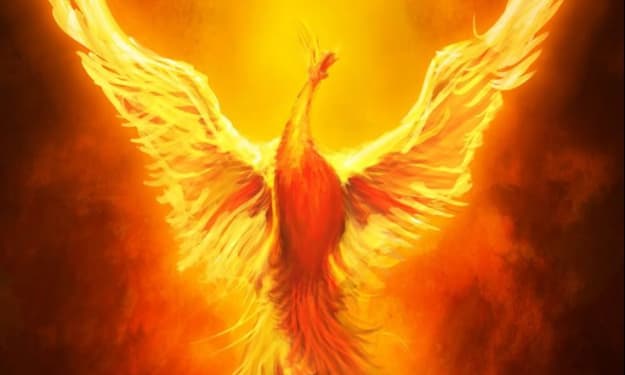“To Kill a Mockingbird” by Harper Lee
A Comprehensive Summary of the Classic Novel

The iconic American book "To Kill a Mockingbird" written by Harper Lee and printed in 1960.
Part 1: Overview of the Finch Family and Maycomb
The narrative is set in the fictitious Alabaman town of Maycomb in the 1930s. The story's narrator, Jean Louise "Scout" Finch, talks of her early years spent with their father, Atticus Finch, and older brother, Jeremy "Jem" Finch. Retired attorney Atticus is renowned for his moral rectitude and honesty.
Boo Radley, their reclusive neighbour who is said to be a ghostly character, captivates Scout, Jem, and their buddy Charles Baker "Dill" Harris. The kids make up stories about Boo because they find his mystery intriguing.
Part 2: The Trial of Tom Robinson
The trial of Tom Robinson, a Black man charged with raping a White woman named Mayella Ewell, is at the centre of the book's narrative. Despite the intense racial prejudice in the community, Atticus is assigned to represent Tom in court.
As the trial progresses, it becomes clear that Tom is not being falsely accused of anything, and there is no solid evidence against him. But because of the town's extreme racial division, Tom Robinson is found guilty by the jury only because he is Black.
"Get access to this book for 100% free"
Part 3: Scout's Necessity and Teachings
Scout's integrity and innocence are major themes that go throughout the book. She learns to be fair and compassionate from her father, Atticus, and she also gains an understanding of other people's viewpoints.
Dill, Jem, and Scout are still intrigued by Boo Radley. When they attempt to reach Boo, Atticus gets worried and tells them to quit interfering with the neighbour.
Part 4: Tom Robinson's Tragic Story
Tom Robinson tries to flee the jail following the trial, but the guards shoot and murder him. Scout and Jem are profoundly affected by the news of Tom's passing and are forced to face the brutal reality of racial inequality in their community.
Part 5: Boo Radley's Disclosure
The significance of Boo Radley's presence grows throughout the course of the book. Boo is a figure of the unknown and misunderstood throughout the novel because of his withdrawn demeanour and enigmatic actions.
Bob Ewell, Mayella's father, attacks Scout and Jem towards the book's conclusion as payback for Atticus standing up for Tom Robinson. Jem gets hurt during Boo Radley stepping in to protect the kids.
Part 6: Knowledge Gained
The main topics of the narrative are concluded in the novel's finale. As Jem heals from his wounds, the real story of Boo Radley comes to light. When Scout eventually gets to meet Boo, she begins to see his compassion and tenderness.
Scout considers the things she has discovered about human nature's complexity, empathy, and tolerance. Scout is shown at the end of the book peering out from Boo's perspective from the Radley porch.
Topics:
Racial Injustice: Throughout the 1930s, "To Kill a Mockingbird" examines the widespread racial prejudice and discrimination that existed in the American South. The trial of Tom Robinson is a sobering reminder of the institutionalised racism in Maycomb.
Empathy and Morality: Atticus Finch exemplifies moral rectitude and instills in his kids the value of empathising with others and sticking up for what is good even in the face of difficulty.
Innocence and Growing Up: By letting readers see the story through a child's eyes, Scout's narrative style emphasises the passing of innocence and the process of growing up.
Social and Gender norms: By questioning preconceived notions and assumptions, the book explores the rigid social and gender norms prevalent at the period.
The Mockingbird Symbol: The mockingbird is a metaphor for innocence and people who suffer unfairly from society. Tom Robinson and Boo Radley are figurative mockingbirds because they suffer because of the prejudices in their town.
In summary, Harper Lee's "To Kill a Mockingbird" is a compelling book that tackles important issues including morality, racial injustice, and the loss of innocence. It is still regarded as a great work of American literature and continues to spark debate on these important subjects. A must-read for everyone interested in delving into the nuances of society and human nature, Harper Lee's narrative and the characters she created have left a lasting impression on the world of literature.
About the Creator
Will Chancellor
I am a writer, poet and movie lover.






Comments
There are no comments for this story
Be the first to respond and start the conversation.